Written by Jessica Graybill
The Palio di Siena (known locally as Il Palio) is a horse race that’s held twice a year, July and August, in Siena, Italy. Ten horses and their riders represent ten of the seventeen total contrade (city wards) of Italy. The event draws spectators from around the world, and the race itself, in which the jockeys ride bareback, circles the Piazza del Campo which has been filled in with dirt for the race. The entire race usually lasts no more than a minute and a half and it’s common to see jockeys flung from their steeds while making the treacherous sharp turns in the Piazza, so sometimes the unmounted horses finish the race sans jockey!
This tradition, in its earliest incarnations, is medieval in origin and included many public games such as boxing or jousting, and in the 16th century, also featured bullfights. When the Grand Duke of Tuscany outlawed bullfighting in 1590, the contrade began to organize the races in the Piazza del Campo. The first races of Il Palio actually were on buffalo-back, which then gave way to donkeys, and now horses run the races as they have since 1633.
The July race, Il Palio di Provenzano, is held on July 2 each year, which corresponds with the date of a local festival in honor of the Madonna of Provenzano (which refers to a painting that was reported to have miraculous powers, once owned by Provenzano Salvani, leader of Siena). The second race is held on August 16 each year, which corresponds with the Feast of the Assumption and dedicated to the Virgin Mary. Occasionally, there will be a third Palio, sometimes run as a celebration of special events or on important national anniversaries. One such special event was the Apollo 11 moon landing, and the most recent was in the year 2000 to celebrate the new millennium.
Since the race only consists of ten participants, the seven who did not run in the previous year’s Palio get to run, in addition to three others who are chosen by a lottery. The winning horse is awarded a handpainted silk banner (the palio!), which is painted by a different artist specially for each race.
The seventeen contrade are as follows:
*Please take the translations with a grain of salt; they’ve been translated from Latin to Italian to English.*
Aquila (the Eagle)

L’Aquila; a black, double-headed eagle holding a sceptre, a sword and an imperial globe. Contrade motto: “Da l’aquila, il becco, artigli, l’ala.” – “From the eagle, the beak, the claws, the wing.”
Bruco (the Caterpillar)

Bruco; a crowned caterpillar crawling on a twig with leaves. Contrade motto: “Come la rivoluzione suona il mio nome.” – “Like revolution sounds my name.”
Chiocciola (the Snail)

Chiocciola; a snail and the initials of the Kings Umberto and Margherita. Contrade motto: “Con un passo lento e importante la chiocciola lascia il campo trionfare” – “With a slow and important step the snail leaves the field triumphing”
Civetta (the Little Owl)

Civetta; a crowned owl sitting on a branch and the initials of the Kings Umberto and Margherita. Contrade motto: “Vedo nella notte” – “I see during the night”
Drago (the Dragon)

Drago; a flying dragon bearing a banner with the letter U. Contrade motto: “Il cuore che mi brucia becoms una fiamma in bocca” – “The heart that burns me becoms a flame in my mouth”
Giraffa (the Giraffe)

Giraffa; a giraffe tethered by a human keeper and a scroll that reads “Umbertus I Dedit” (devoted). Contrade motto: “Più alto è il capo, maggiore la gloria” – “The higher the head, the higher the glory”
Istrice (the Crested Porcupine)
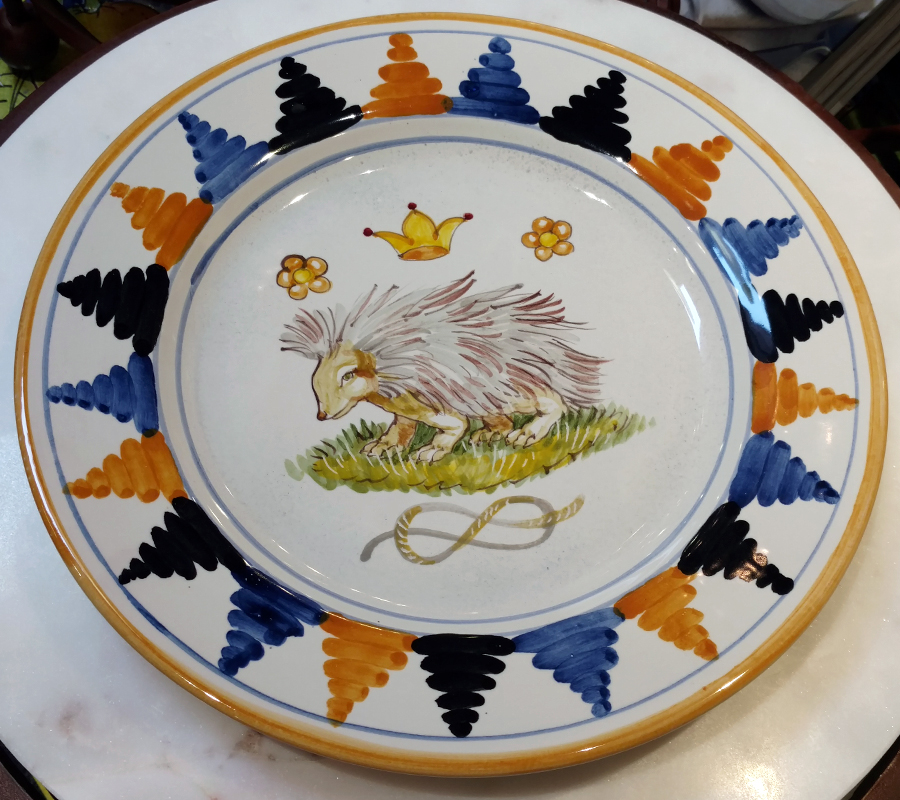
Istrice; the crested porcupine sits upon a green patch of grass. Contrade motto: “Solo per la difesa I multa” – “Only for defense I stung”
Leocorno (the Unicorn)

Leocorno; a leaping unicorn. Contrade motto: “La mia purezza è uguale al braccio che ho in faccia” – “My purity is equal to the arm that I’ve got in face”
Lupa (the She-Wolf)

Lupa; a she-wolf nurses the twins Romulus and Remus. Contrade motto: “Et urbis et senarum signum et decus” (Latin) – “And the glory of the city, and of Siena, a sign”
Nicchio (the Seashell)

Nicchio; a crowned seashell surrounded by two coral branches. Contrade motto: “E ‘il rosso del corallo che brucia nel mio cuore” – “It’s the red of the coral that burns in my heart”
Oca (the Goose)

Oca; a crowned goose wearing a blue ribbon around his neck that bears the cross of Savoy. Contrade motto: “Clangit ad arma” – “Sounding to arms”
Onda (the Wave)
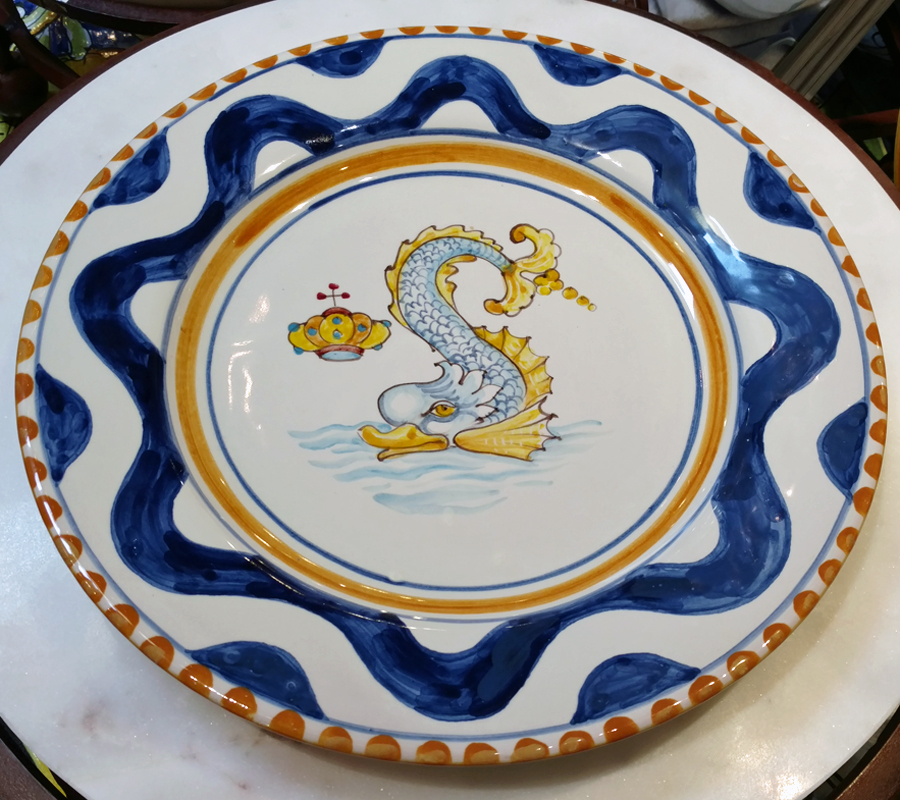
Onda; represented by a natant dolphin. Contrade motto: “Il colore del cielo, la potenza dell’oceano” – “The color of the sky, the power of the ocean”
Pantera (the Panther)
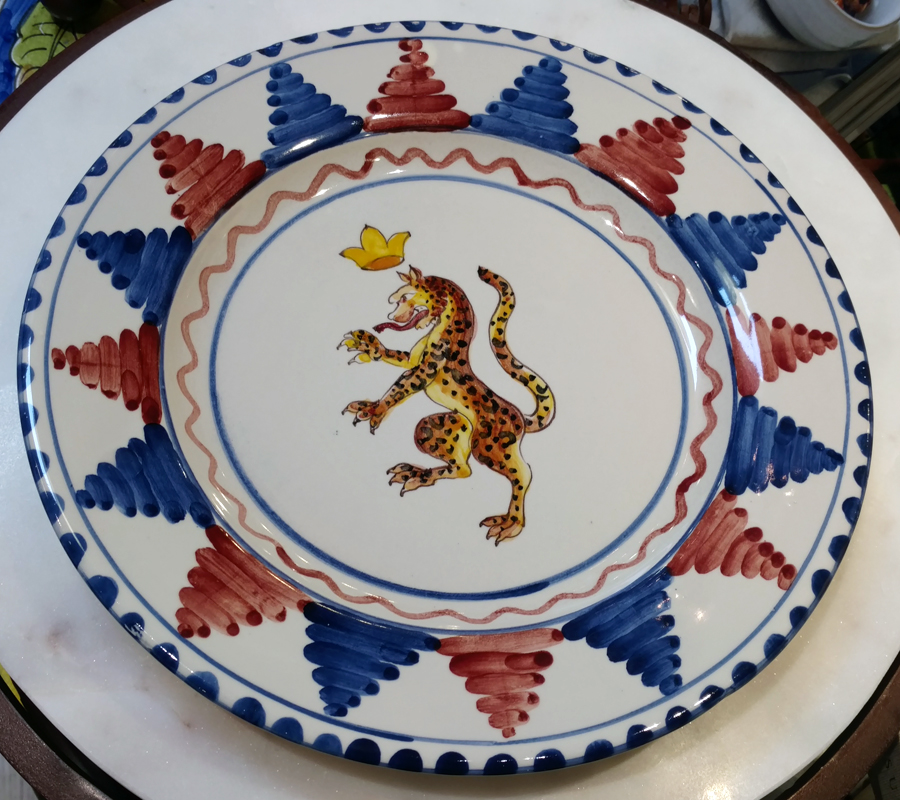
Pantera; a rampant pantheress. Contrade motto: “La mia energia abbatte ogni ostacolo” – “My energy pulls down every obstacle”
Selva (the Forest)

Selva; represented by a rhinoceros and an oak tree with some hunting tools. Contrade motto: “In primo luogo Selvalta (fustaia) nel Campo (campo)” – “First Selvalta (high forest) in the Campo (field)”
Tartuca (the Tortoise)

Tartuca; a turtle, a savoian knot, and daisies. Contrade motto: “Accolgo con favore il potere e la costanza” – “I welcome power and constancy”
Torre (the Tower)
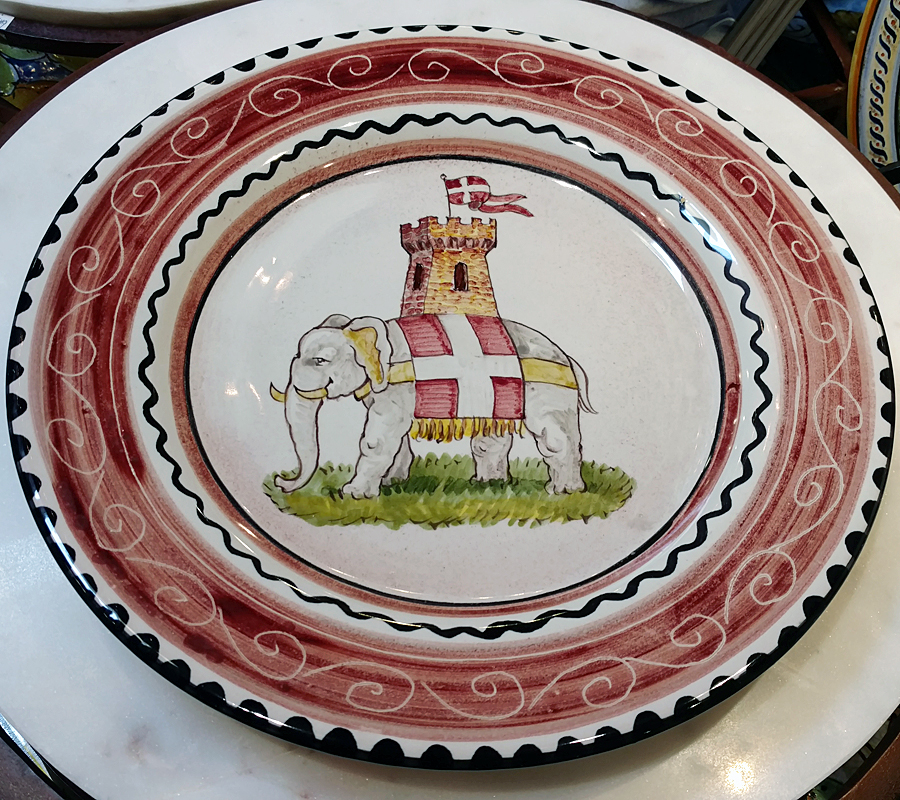
Torre; represented by an elephant surmounted by a tower. Contrade motto: “Accanto al potere, la potenza” – “Beside the power, the potency”
Valdimontone (the Valley of the Ram)

Valdimontone; a leaping ram wearing a crown. Contrade motto: “Under my blow the wall breaks down” – “Sotto il mio colpo il muro si rompe”
Interested in a set of Palio plates of your own? Please email us or call us toll-free at (877) 496-5599!
We always get these in limited supply so we don’t put them online, but we are happy to help you get what you need!



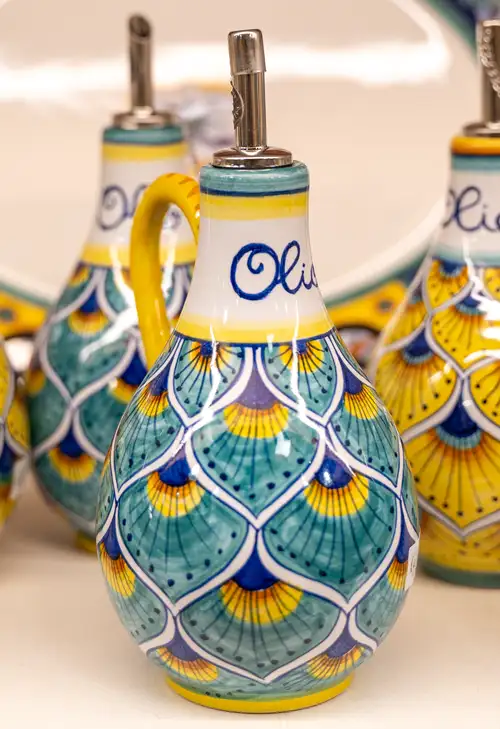
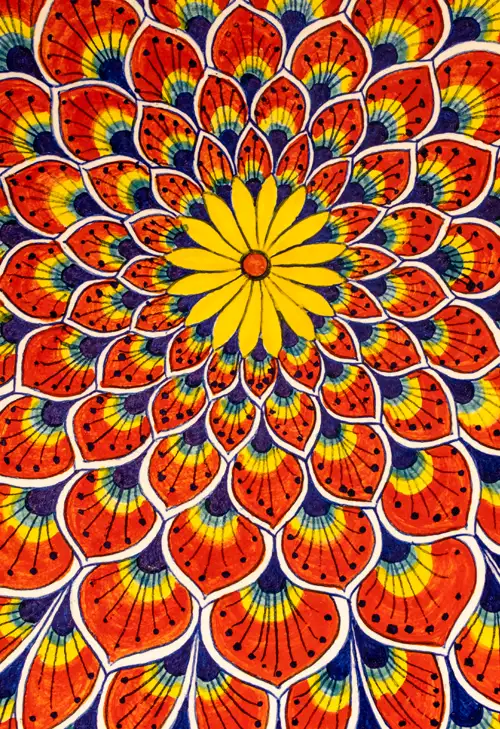

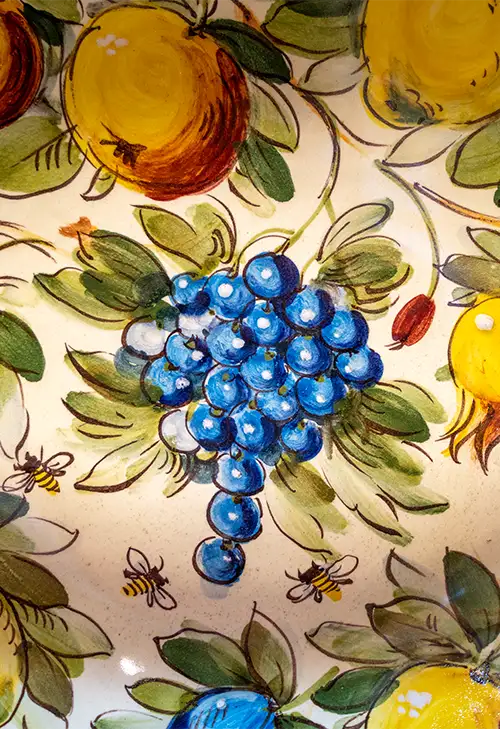
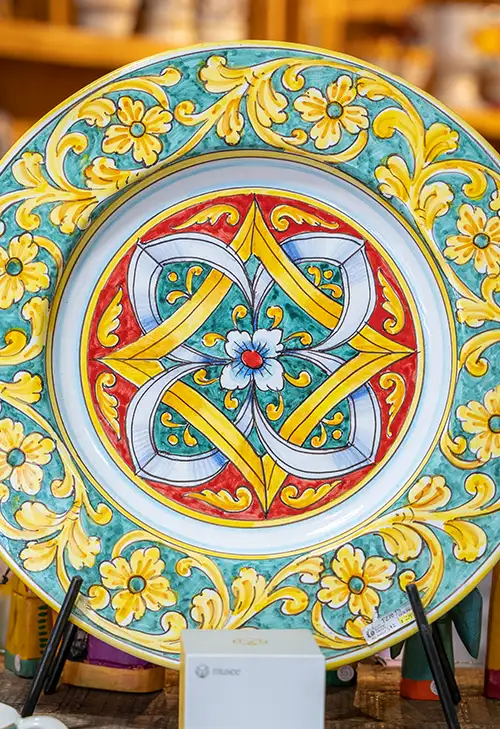
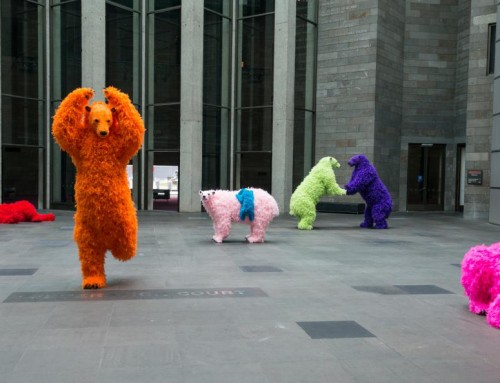
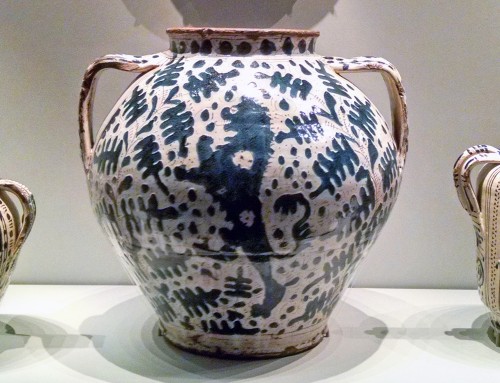
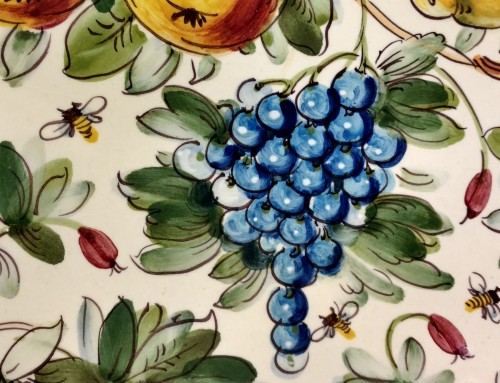
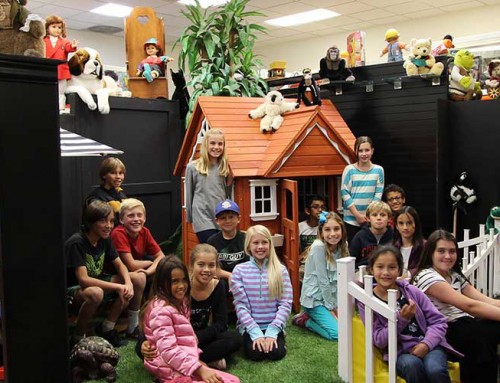
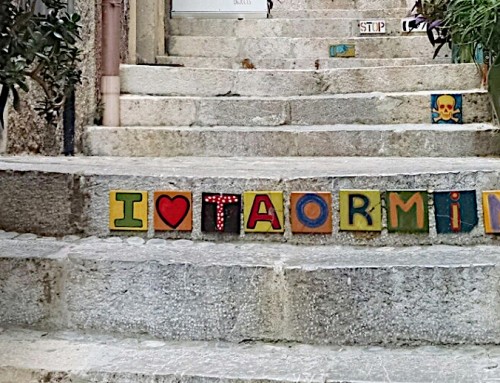
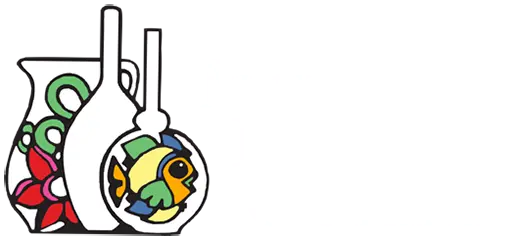





Leave A Comment
You must be logged in to post a comment.